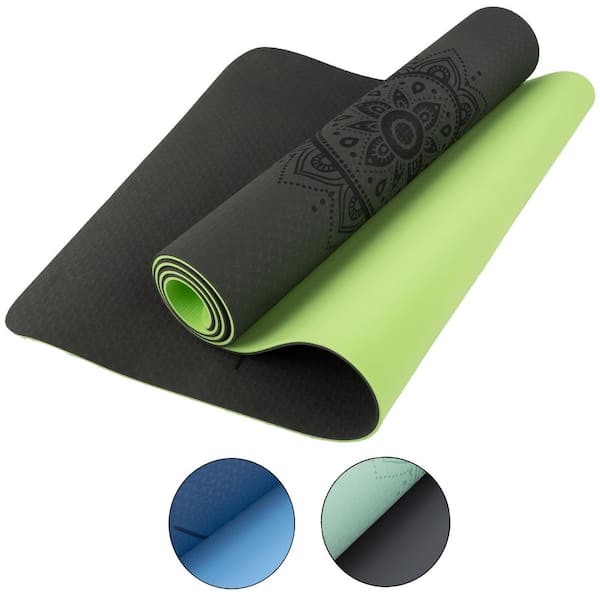How to keep your yoga mat clean? Yoga is a practice that involves mindfulness, physical movement, and deep breathing. Keeping a clean yoga mat is essential to ensure that you have a comfortable and healthy practice. A dirty mat can be a breeding ground for bacteria and germs, and can also affect the overall experience of your yoga practice. In this article, we will discuss the importance of keeping your yoga mat clean and provide some tips on how to do so effectively.
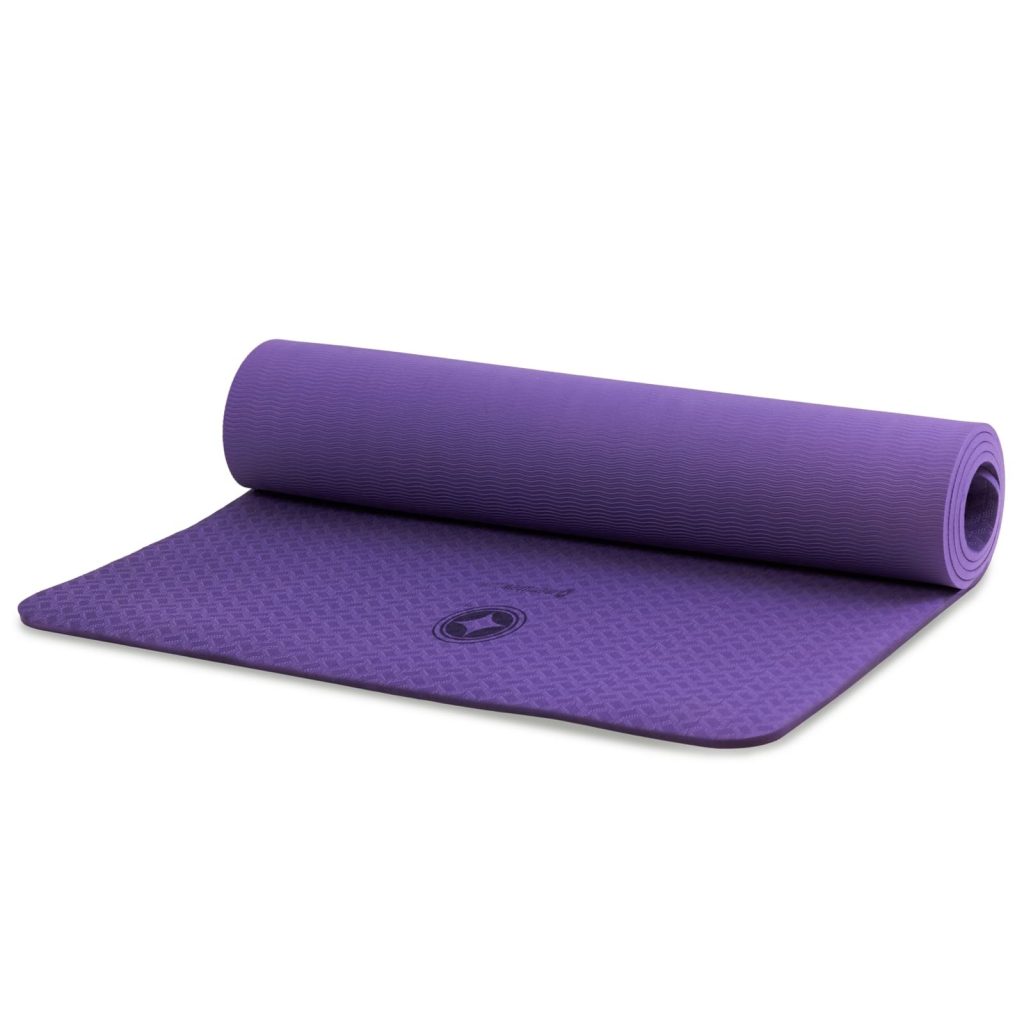
The Importance of a Clean Yoga Mat
A yoga mat is an essential tool for any yogi. It provides a non-slip surface for practicing asanas (yoga postures) and also cushions the body during floor-based poses. Over time, sweat, dirt, and bacteria can build up on the surface of the mat, making it unhygienic and potentially harmful. Regular cleaning of your yoga mat is important not only for your health, but also for the longevity of the mat itself. By keeping your mat clean, you can ensure that it remains in good condition and continues to provide a safe and comfortable surface for your practice.
Tips for Keeping Your Yoga Mat Clean
Using a Mat Towel
One of the easiest ways to keep your yoga mat clean is to use a mat towel. A mat towel is a thin, absorbent towel that is placed over the surface of the mat during practice. It serves as a barrier between your body and the mat, absorbing sweat and preventing it from seeping into the mat’s surface. Mat towels are easy to wash and can be reused multiple times before they need to be replaced, making them a convenient and eco-friendly option for keeping your mat clean.
Regular Cleaning
Regular cleaning of your yoga mat is essential to prevent the buildup of dirt, sweat, and bacteria. You can clean your mat by using a gentle, non-toxic cleaning solution and a soft cloth or sponge. Simply spray the cleaning solution onto the surface of the mat, and then wipe it clean with the cloth or sponge. Be sure to let the mat air dry completely before rolling it up for storage. It is important to avoid using harsh chemicals or abrasive cleaning tools, as these can damage the surface of the mat and affect its grip and texture.
Natural Cleaning Solutions
If you prefer to use natural cleaning solutions, there are several options that are safe and effective for cleaning yoga mats. For example, you can create a simple cleaning solution using equal parts water and white vinegar, which has natural antibacterial properties. Alternatively, you can mix water with a few drops of tea tree oil, an essential oil known for its antifungal and antimicrobial properties. These natural solutions are gentle on the mat’s surface and also leave behind a pleasant scent.
Sunlight and Fresh Air
Another effective way to keep your yoga mat clean is to expose it to sunlight and fresh air. After cleaning the mat, lay it out in a sunny spot outdoors and allow it to air dry. Sunlight is a natural disinfectant and can help to kill bacteria and germs that may be present on the mat’s surface. Additionally, the fresh air can help to eliminate any lingering odors and leave the mat smelling clean and fresh.
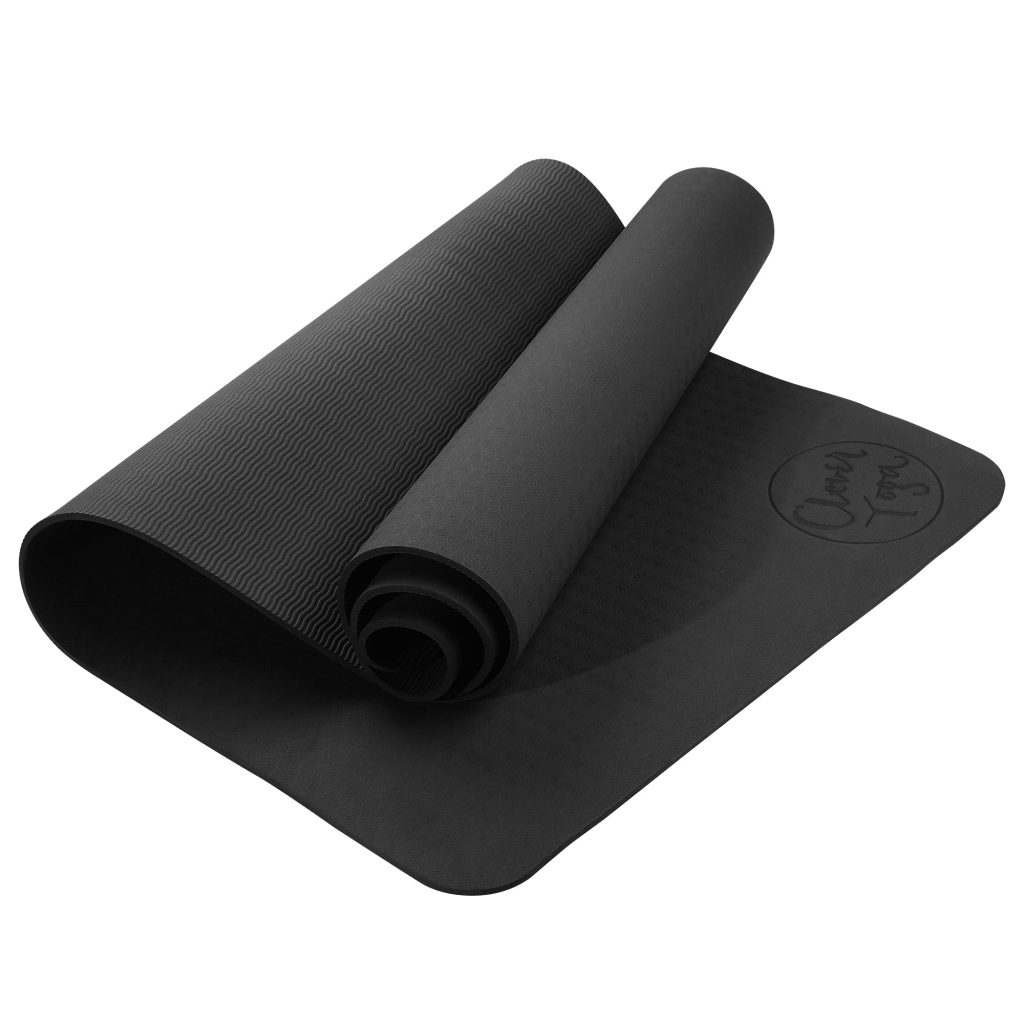
Storing Your Mat Properly
Proper storage of your yoga mat is also important for keeping it clean. After each use, be sure to roll the mat up loosely and store it in a dry place away from direct sunlight and heat. This will help to prevent the growth of mold and mildew, which can thrive in damp and humid conditions. If you prefer to keep your mat unrolled, you can use a mat sling or bag to hang it up and allow it to air out.
How to use the yoga mat
Yoga is a practice that has been around for centuries, and for good reason. It offers a full-body workout, helps to increase flexibility, and provides a sense of calm and relaxation. One essential tool for a successful yoga practice is a yoga mat. A yoga mat provides a stable and comfortable surface for your practice, and it can also help to prevent slipping and injuries. Whether you are a beginner or an experienced yogi, knowing how to properly use a yoga mat is essential for a safe and effective practice.
Choosing the Right Yoga Mat
Before we delve into the specifics of using a yoga mat, it is important to choose the right one for your needs. Yoga mats come in a variety of materials, thicknesses, and designs, so it is essential to consider your individual preferences and needs when selecting a yoga mat. If you are looking for extra cushioning and support, consider a thicker yoga mat. For those who are frequently on-the-go, a lightweight and portable option may be more suitable. Additionally, some yogis prefer natural materials such as rubber or jute, while others may opt for synthetic materials that are easier to clean. Take the time to explore the options and choose a yoga mat that will enhance and support your practice.
Proper Alignment
Proper alignment is essential in yoga to avoid strain or injury and to ensure that you are getting the most benefit from each pose. When using a yoga mat, it is important to align your body with the markings on the mat to ensure that you are centered and balanced during your practice. Many yoga mats have lines or markers to help you with alignment, such as a center line for positioning your body in the middle of the mat, as well as markers for hand and foot placement during poses. These markings can be especially helpful for beginners who are still learning the basics of yoga alignment.
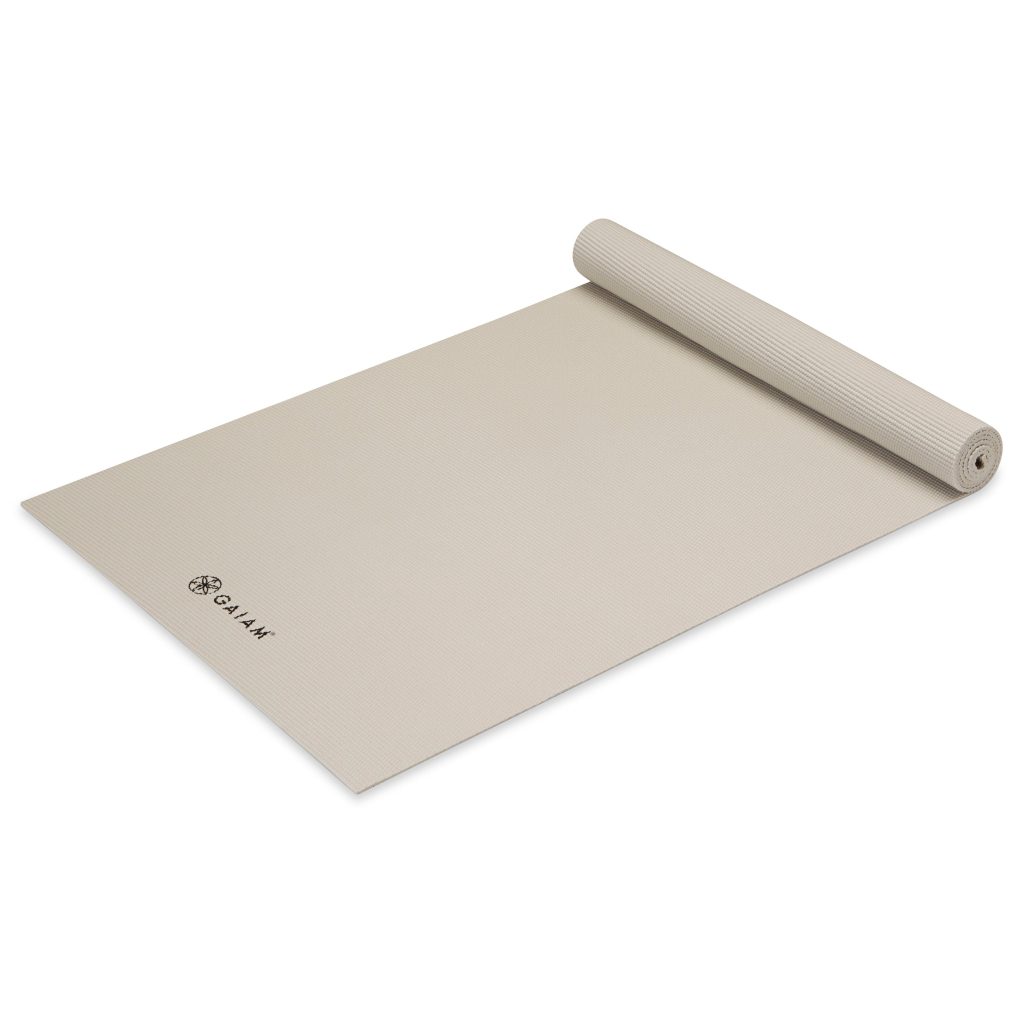
Yoga Mat Care
Taking care of your yoga mat is important for both hygiene and longevity. Regular cleaning of your yoga mat can help to prevent the buildup of bacteria and odors, and it can also help to extend the life of the mat. Some yoga mats can be machine washed, while others may need to be hand washed with a gentle cleanser. After washing, be sure to dry your mat thoroughly to prevent the growth of mold or mildew. Additionally, it is a good idea to store your yoga mat in a dry, well-ventilated area when not in use to prevent the growth of bacteria and odors. With proper care, your yoga mat can last for years and provide a clean and comfortable surface for your practice.
Advanced Practice Tips
Once you have mastered the basics of using a yoga mat, you can explore advanced techniques to enhance your practice. For example, you may want to experiment with using props such as blocks, straps, or blankets in conjunction with your yoga mat to deepen your practice and achieve more challenging poses. You can also use your yoga mat to practice mindfulness and meditation by focusing on your breath and being fully present in each pose. Additionally, you can try using your yoga mat for other types of exercises such as Pilates or stretching to give you a well-rounded workout. By exploring new ways to use your yoga mat, you can continue to grow and evolve in your yoga practice.
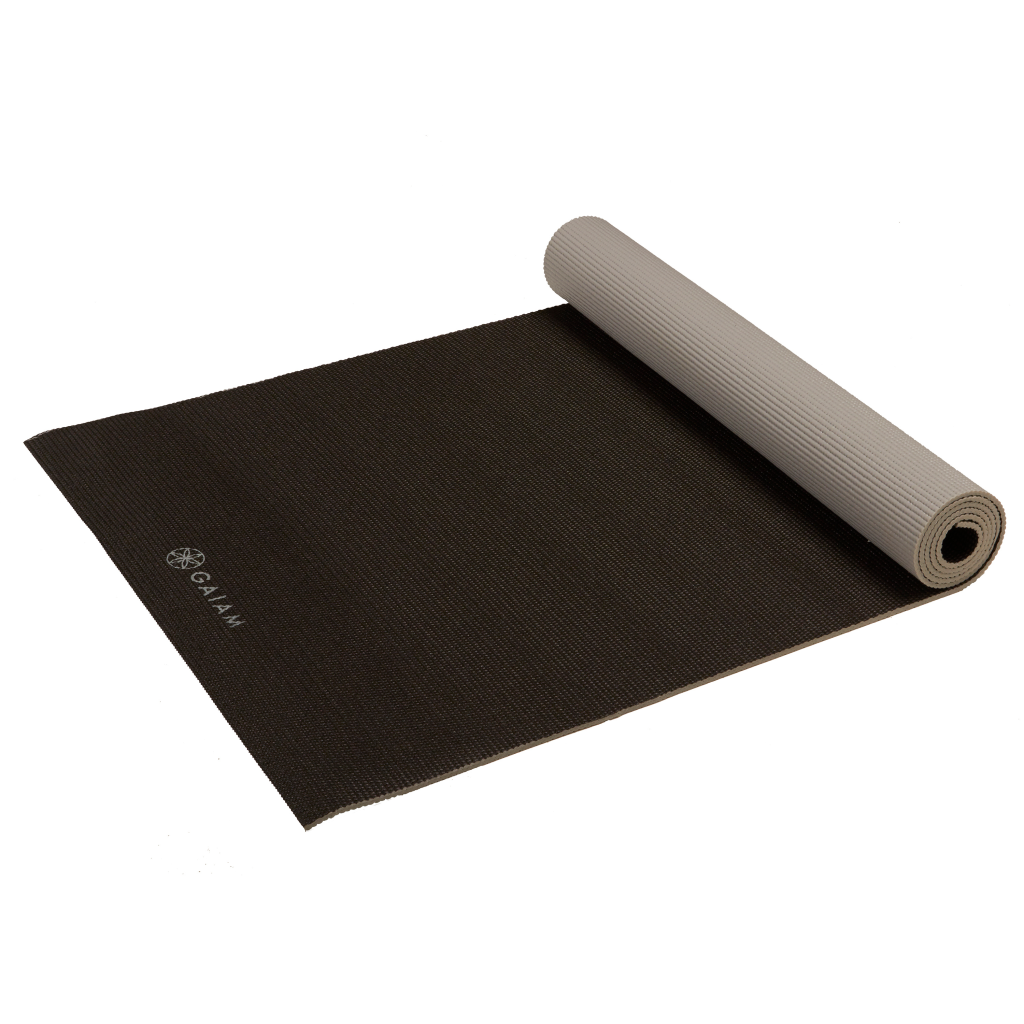
Conclusion
A clean yoga mat is essential for maintaining a healthy and enjoyable yoga practice. By following these tips for keeping your mat clean, you can ensure that it remains in good condition and provides a safe and comfortable surface for your practice. Regular cleaning, the use of natural cleaning solutions, and proper storage are all important aspects of maintaining a clean yoga mat. By incorporating these practices into your routine, you can enjoy the benefits of a clean and hygienic mat for years to come.
